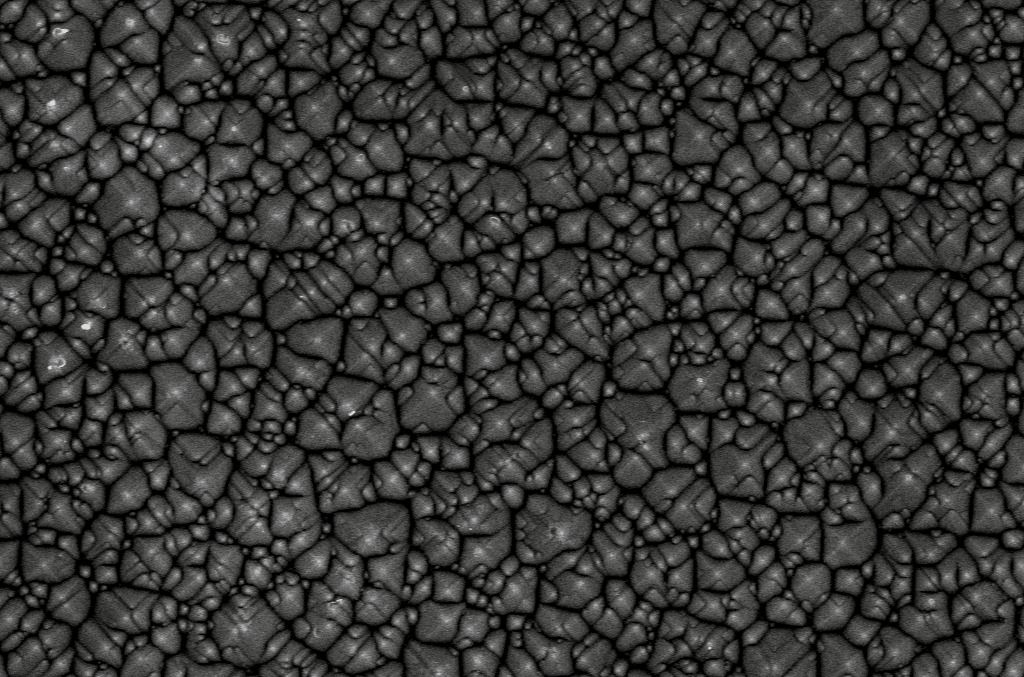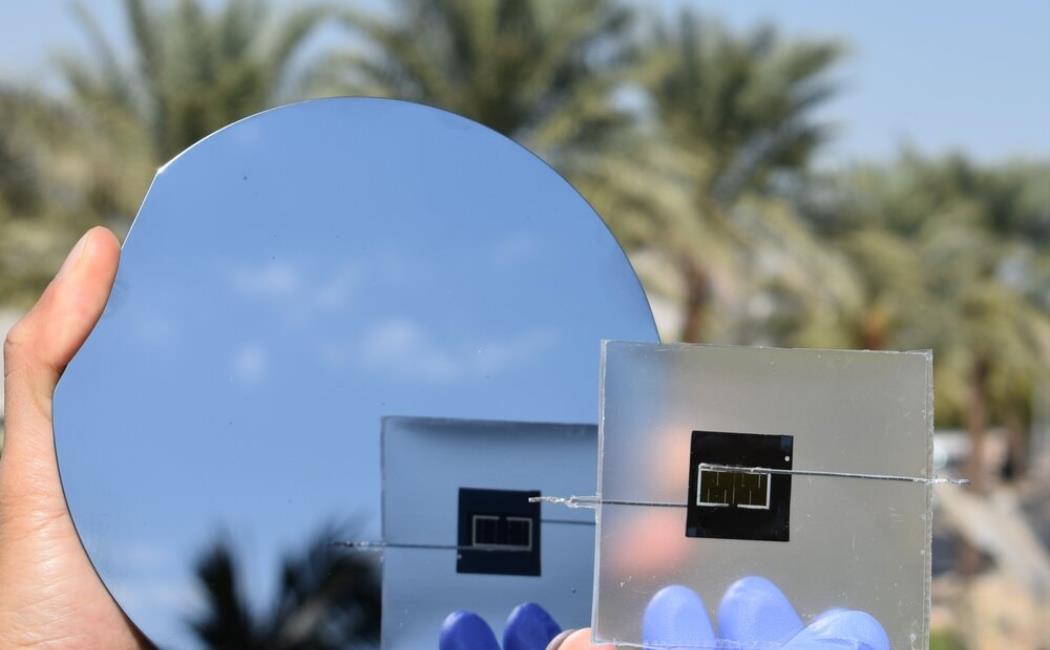


16 August, 2021
Perovskite solar cells are an emerging photovoltaic technology that is gathering huge attention in the solar community for its power conversion efficiency. Recently, the coupling between the perovskite and the silicon technologies in the tandem configuration boosted even further this power conversion efficiency, reaching record values for terrestrial applications. However, several degradation mechanisms in the perovskite are negatively affecting the stability of this technology, questioning if successful commercialization is possible. At KPVLAB we are pioneering the outdoor testing of perovskite/silicon tandem solar cells to investigate, understand, and improve their stability.
In his latest work, Dr. De Bastiani led the KPVLAB team, in collaboration with the University of Toronto and the EPFL, through a six-month outdoor performance study of bifacial perovskite/silicon tandems in the sunny and humid desert of Saudi Arabia. Over this period, the team gathered a precious dataset that allowed for a detailed analysis of the degradation mechanisms. Firstly, they found that most of the perovskite optoelectronic properties were preserved, as testified by the stable open circuit voltage of the tandem. Secondly, they identified two degradation mechanisms that affected the fill factor of the tandem: a reversible degradation that recovers overnight, and an irreversible degradation that constantly decreases the performances over time. They attributed the reversible degradation to migration of perovskite ions during the operation hours, which was also highlighted by a growing hysteresis over time in the JV-curves. The irreversible mechanism was attributed to a modification of the tandem top contact, in particular the carbon (C60) electron transport layer and the silver top electrode.
To find out more, please check the full publication:
https://pubs.acs.org/doi/abs/10.1021/acsenergylett.1c01018